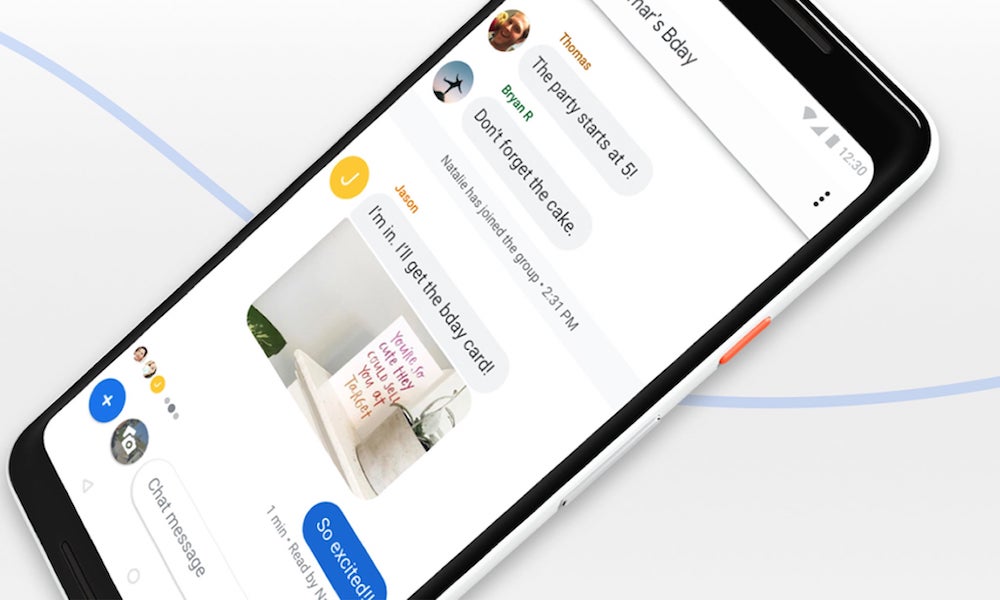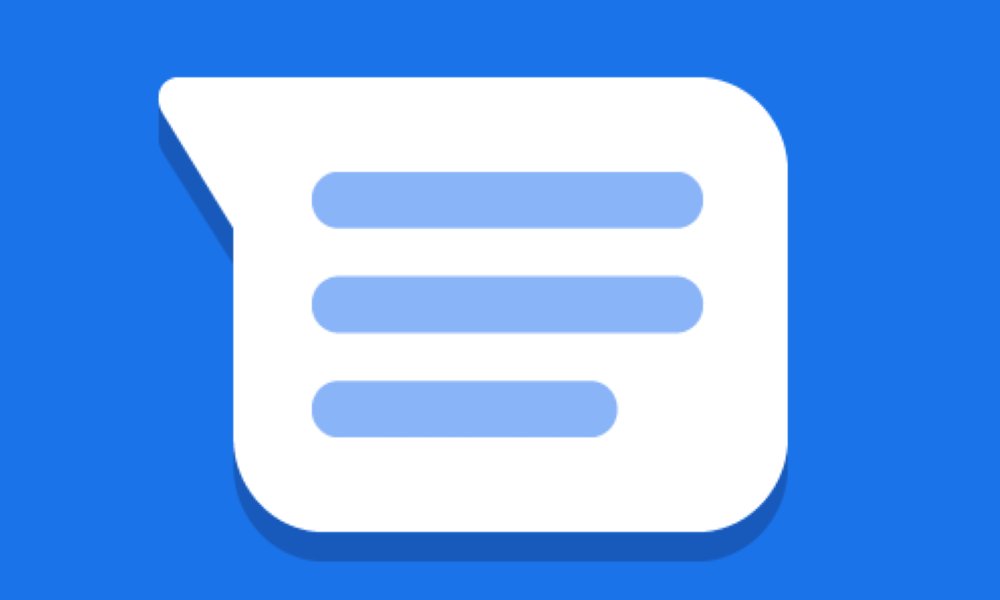Google Tweaks Android Messages App to Handle iMessages (Sort Of)
 Credit: Google
Credit: Google
Toggle Dark Mode
While we imagine it will still be a while before we see an actual version of Apple’s iMessage on the Android platform, it looks like Google is trying to do what it can to smooth over the experience for Android folks who regularly communicate with iPhone users.
It’s easy for those who live in an Apple device bubble to miss, but whenever you send a tapback — that is, tap and hold on a received message to give it a reaction like a “thumbs up” — any recipients who aren’t iMessage users don’t actually see that reaction. Instead, they simply get a standard text message response telling them what your reaction was.
For example, if a non-iMessage user sends you a message that says ‘Let’s meet for dinner at 6,’ and you send a thumbs-up to that using Messages’ tapback feature, what they actually see is another text message from you that says ‘Liked “Let’s meet for dinner at 6.”’
This gets even messier when dealing with long messages since the response will repeat the entire original message back to the sender.
Of course, this doesn’t occur when everybody is using iMessage, and since it’s easy to tell when somebody you’re conversing with is using old-school SMS technology instead, you can simply choose to avoid tapbacks. Sadly, however, this isn’t as easy to do when you’re in a group message chat where some participants are on iMessage, and others are using SMS.
Google’s Solution
Fortunately, however, it’s not a difficult problem for others to solve since the tapback text message responses come in a standard format, and this is what Google has done precisely with the latest version of its Messages app on Android.
First noticed by 9to5Google in an internal build, a new version of Google Messages is now rolling out to compatible Android devices, which converts these text messages back to the appropriate emoji, which is much more visually appealing than the cluttered text responses.
In fact, screenshots shared by 9to5Google suggest that Android users will end up seeing a similar experience to those using iMessage, even though the underlying messages are still traveling over SMS.
To be clear, Google interprets some of these tapback reactions in its own way, so the emoji won’t be quite the same. For instance, the heart emoji used in iMessages becomes a heart-eyes emoji on Android. Tapping on an emoji reaction on the Android side will show a note that it was “Translated from iPhone.”
Still, it’s a clever and throughout implementation since it will not only tag initial reactions but also continue to look for changes. So, if you initially give a thumbs-up and then later change that to a heart, Google Messages will notice that and update the emoji on its end accordingly.
How It Works
To be clear, there’s not a lot of magic going on under the hood here. This isn’t anything close to a full cross-platform iMessage implementation, since of course, Apple isn’t about to let Google in on that particular action.
Instead, it appears that Google Messages is simply looking for the standard text strings that are sent by Apple’s Messages app to indicate that a message was “Liked,” or “Loved,” or “Emphasized,” or “Laughed at,” and then capturing those and converting them into an appropriate emoji tag on the original message rather than display the raw text.
Although it’s superficially close to what Google’s RCS implementation will offer, the similarity is only skin deep. While RCS promises to be a cross-platform solution, the carriers have made that complicated, and Apple is still holding out on embracing it. Hence, Android and iPhone users remain limited to native communications using the least common denominator: SMS.
This means that while Android users will now get a better experience when receiving responses from iPhone Messages users, nothing else has changed. The underlying conversation still runs over the cellular SMS/MMS network, which means you won’t be able to use iMessage apps, and photo and video quality will still be degraded down to whatever the carriers’ MMS servers support.







